Eurasian Plate: Tectonic Boundary and Movement
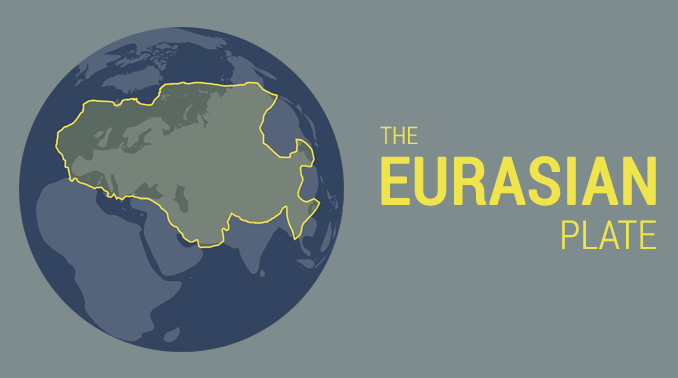
Eurasian Plate: Tectonic Boundary and Movement
The Eurasian Plate is a plate tectonic boundary consisting of most of Europe, Russia, and China.
It’s the third largest, being slightly smaller than the Pacific Plate and North American Plate.
Because Earth’s tectonic plate boundaries often consist of continent and ocean crust, the Eurasian Plate contains parts of the Atlantic and the Arctic Ocean.
All plate tectonics move deceptively slow. In the case of the Eurasian Plate, it moves at a rate of just 7-14 millimeters per year. That’s about how long your fingernails grow in a year!
An overview of the Eurasian Plate
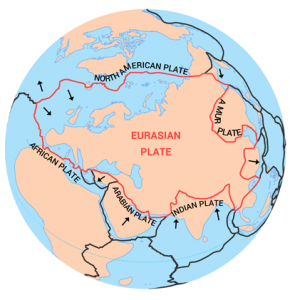
The Eurasian Plate is the third largest major plate. It consists of most of Europe, Russia, and parts of Asia. This plate is sandwiched between the North American and African Plate on the north and west sides.
The west side shares a divergent plate boundary with the North American plate. The south side of the Eurasian plate neighbors the Arabian, Indian and Sunda plates.
It straddles Iceland where it tears the country into two separate pieces at a rate of 2.5 to 3 cm per year. The Eurasian Plate also diverges away from the North American Plate at a rate of about 3 centimeters per year.
As a whole, the Eurasian plate moves about one-quarter to half an inch per year on average. At a size of 67,800,000 km2, it is the third largest tectonic plate on Earth.
Do you want a crash course in plate tectonics?
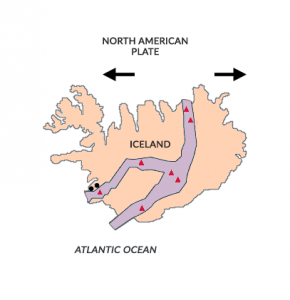
If you live in Europe, you’d most likely be situated on the Eurasian major plate. This includes some of the following countries in their entirety:
- England, Germany, Norway, Sweden, Finland, Austria, Poland, and Ukraine
- Kazakhstan, Uzbekistan, Turkmenistan, and Mongolia
- The Eurasian Plate borders the North American Plate tearing Iceland apart
But what if you lived in Africa or North America? What are some of the other plates in the world? Learn more about plate tectonics below.


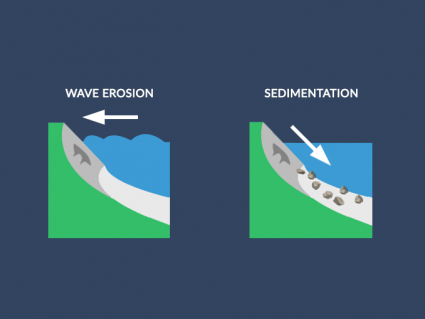
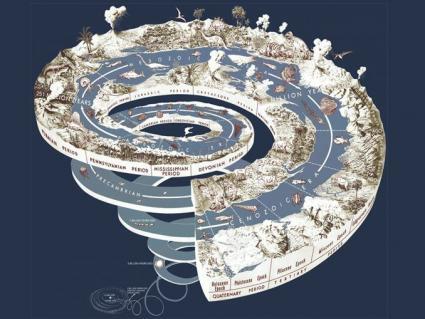

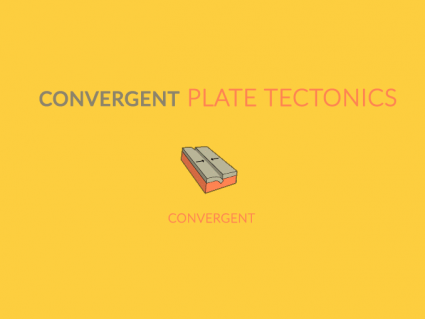
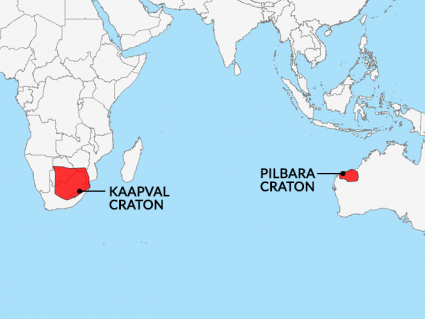

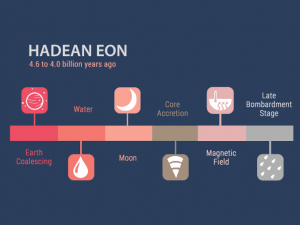
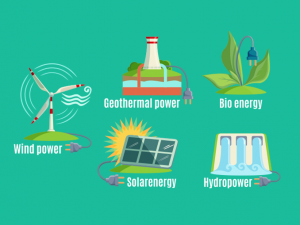
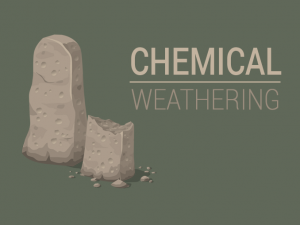

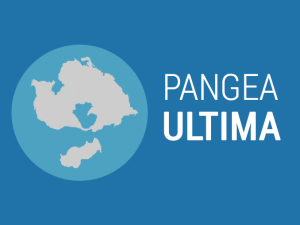
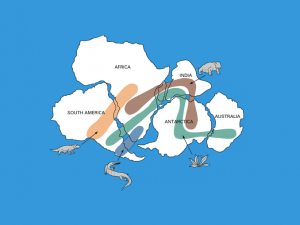
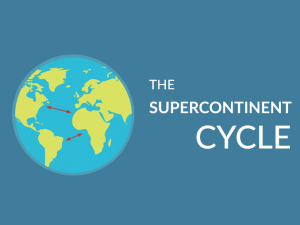
Robert Richards, Europe and Asia do not occupy separate geological plates. That’s why they call it the Eurasian Plate.
The land / sea boundary between the continents as geographers conceive it is somewhat arbitrary and has evolved over time.
Robert Richards, Europe and Asia do not occupy separate geological plates. That’s why they call ot the Eurasian Plate.
The land / sea boundary as between the continents as geographers conceive is somewhat arbitrary and has evolved over time.
The EuroAsian (should actually be AsiaEuro since Asia area is much larger),
is a single plate. It is analogous to several dinner plates on a table (this being Earth). There are several plates covering the entire table with AsiaEuro ( 😉 ) being the third largest plate on the table. The features on any one plate are the mountain chains or other defining continental as one commentator states, but this is not what defines a plate tectonic boundary.
A bit sparse on distinctions. Would help when the mountain ridges are drawn in to not give the wrong first impression to 1st timers or sightseers.
Mountain ridges define a tectonic plate distinction no matter if the two plates fused and are currently moving in conjunction.
Spain (Iberia), is a distinct plate.
Italy belongs to the north African-Mediterranean plate, and Greece is from a distinct plate section, none of which can be seen on this quickie review.
East, the Ural mountain range.
Surprisingly enough, the china region doesn’t have much of a plate at all, being distinct plates that bundled up, over, under, and in each other and became a somewhat none movable but none stable monolithic block.
Comparatively, china is like a plate, dropped, broken into pieces, and put back together using lava glue. (Smile).
They are referring to the Eurasian plate. This plate is basically what causes earthquakes throughout Europe and Asia, which both lie on that plate.
I believe you are completely wrong. Europe and Asia are completely separate continents. The dividing line between Europe and Asia is supposed to be the Ural Mountains in Russia and then runs southwestward through the Black Sea, through the Bosporus Strait and into the Aegean Sea through the east end of the Mediterranean Sea where it connects with the African and Asian continents. And then there’s the border that runs between the African and Asian Plates through which the Jordan River flows into the Dead Sea and in onto the Red Sea.